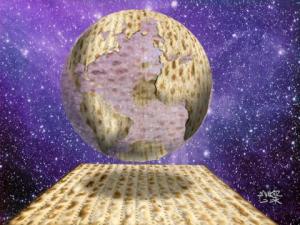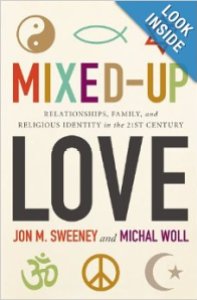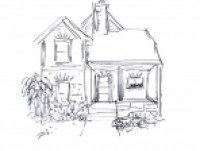
Seder means Order. Passover Seders follow an order of 14 Steps. I won’t list them all here but I will ask you to notice the relationship between Step 4,Yachatz, and Step 11, Tzafun.
Yachatz is about being broken; the bitterness of slavery, the Red Sea splitting. It is symbolized during the Seder by breaking matzah (the unrisen bread) and then hiding the bigger half. Tzafun is about healing the brokenness; bringing the broken-off part out from hiding. It’s about healing into something new; coming into wholeness. At the Seder, it is symbolized by the search for the broken half which, once found, is broken into smaller pieces so that all who are at the table may eat of it.
Why does Yachatz/the broken become Tzafun/the whole? How does this happen? In addition to Passover telling a story about transformation from yachatz/the brokenness of slavery to tzafun/the wholeness of freedom, here are two more examples from Jewish history. Continue reading Passover’s Process
 Memoirs are crossing my desk lately and this one was delightful. The story of an interfaith courtship from the 1960’s,
Memoirs are crossing my desk lately and this one was delightful. The story of an interfaith courtship from the 1960’s, 
 about their interfaith union. For while I am all for sharing stories about successful intermarriage (being in one for over 25 years), I was not sure what the hype was about. But as I read and reflected on what they had to say and experienced, I came to appreciate the nuances of their story and the courage of their commitment. It is one that stands on the cusp of a larger opportunity.
about their interfaith union. For while I am all for sharing stories about successful intermarriage (being in one for over 25 years), I was not sure what the hype was about. But as I read and reflected on what they had to say and experienced, I came to appreciate the nuances of their story and the courage of their commitment. It is one that stands on the cusp of a larger opportunity.
 The New York Times today (1 Oct 2013) posted
The New York Times today (1 Oct 2013) posted